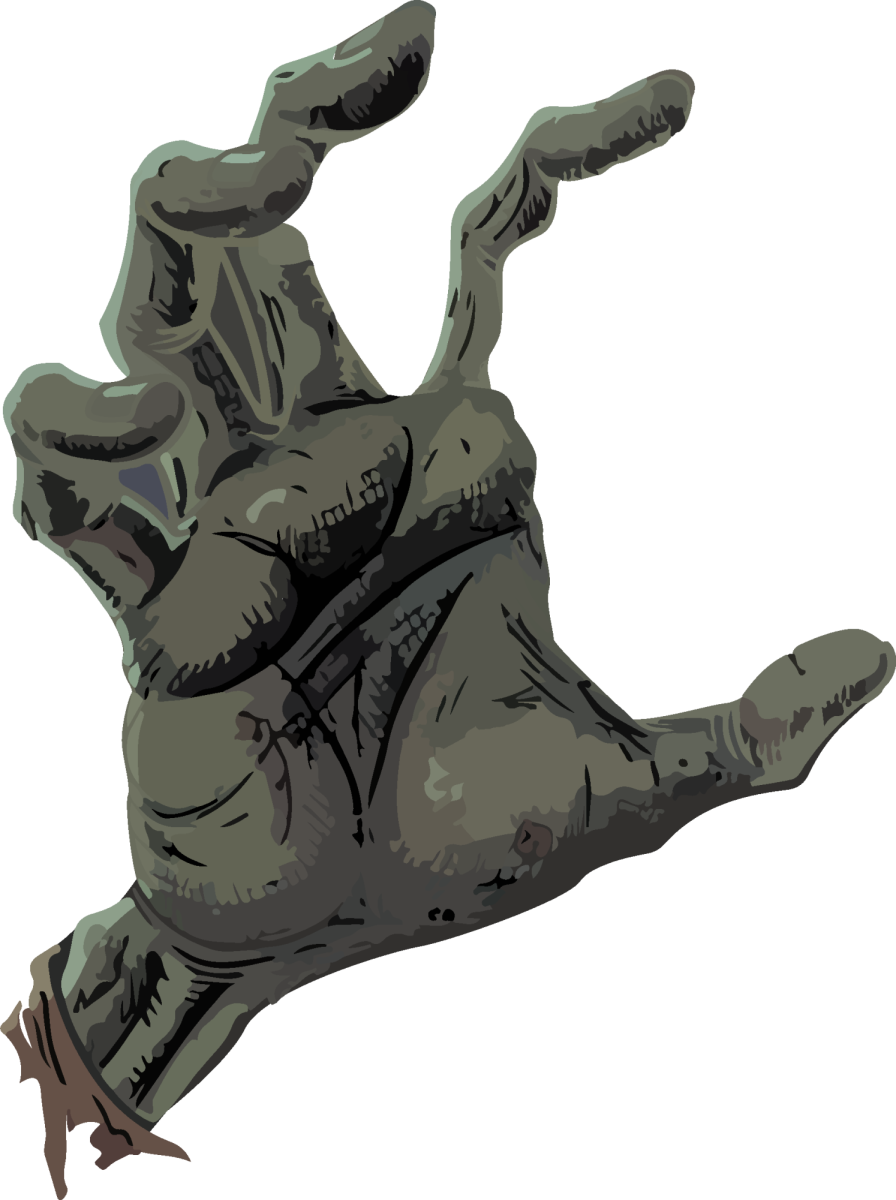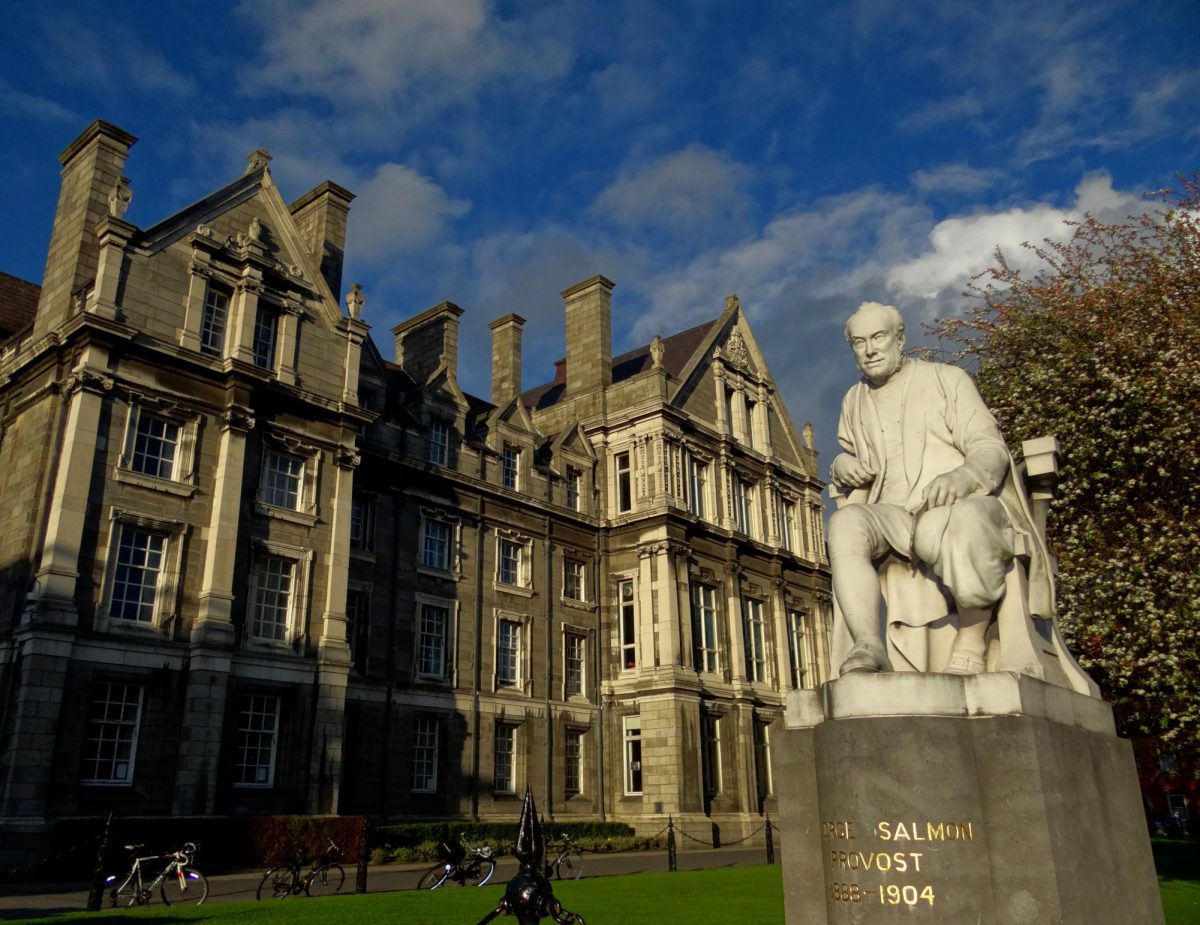One of the first lessons youth hockey teaches young children — particularly the children whose ankles still bend as they stand motionless on the ice — is how to play as a team.
“The name on the front is a hell of a lot more important than the one on the back,” actor Kurt Russell said in “Miracle” (2004).
Russell, embodying the sentiments of 1980 United States men’s national team coach Herb Brooks, parrots a mantra that every hockey player understands, and one that Brooks used when selecting that gold medal-winning Olympic squad. Hockey is a team game, and players have to look out for one another.
However, the more famous second half of Russell’s quote overshadows the equally important first part: “When you pull on that jersey, you represent yourself and your teammates.”
Brooks said these famous words to a group of disjointed college kids, hoping to inspire hockey players to put aside collegiate allegiances and play as a single team. But the message rings true in a different way now.
Players are no longer college students made famous by beating one of the greatest hockey teams in the world. They are stars, even before they make the National Hockey League. From as early as 15 years old, eyes are on them, with scouts analyzing their every move to determine which of the acne-covered junior players will become the future star of a National Hockey League franchise.
It’s not just their on-ice talent that matters either. Off-ice issues not only put a stain on the player’s reputation, but their entire organization. A player’s legacy defines more than just the name on the back. The name on the front is revered, but can equally be tarnished.
An outsider may hope that pressure to develop high-quality character in their high-quality hockey players would create teams that practice accountability. Cutting ties from players who lack a sound moral character should be a no-brainer.
Yet, for these organizations, protecting the “boys club” of hockey comes above all else. Putting the team first, and protecting oneself is a double-edged sword.
It’s a mantra that, through the percolation of former players into every crevice of hockey administration, has infiltrated the very fiber of the sport.
In the 2010, Chicago Blackhawks had a sexual assault scandal when a player, later found to be prospect winger Kyle Beach, was sexually assaulted by a member of the Blackhawks coaching staff. Then, Blackhawks head coach Joel Quenneville was a 13-year NHL veteran. Quenneville did nothing to protect Beach from this member of the staff, and failed to alert any authorities of the staffer’s actions.
Former Blackhawks’ general manager Stan Bowman, the son of Stanley Cup-winning coach and Hall of Famer Scotty Bowman, was initially banned by the league in the aftermath of this scandal. Stan has since returned to work as the Edmonton Oilers general manager.
It’s a boys club sewn not only in blood, but through decades of that same tried and true method. This mindset of protecting the team is so fundamentally baked into the game that organizations prepare as if it is predestined, rather than preventable.
Hockey Canada, the national governing body for ice hockey within the northern nation, faced heavy scrutiny after a secret fund was discovered in the organization’s finances. In 2022, $2.9 million was taken out of the National Equity Fund, which solely received money from youth hockey players’ registration fees, by Hockey Canada to pay for settlements. Rather than fostering a culture where a hush fund is unnecessary, organizations like Hockey Canada would prefer to protect their own until it is no longer possible.
Even when parents of players failed to realize it, the ever-increasing fees of Canadian youth hockey exist in no small part to defend their child’s sport from certain scrutiny. To protect the image of a national legacy of greatness through the sport of ice hockey, a few victims were unfairly silenced.
Even for players who face consequences in North America, the idea of putting the team above all else is taken to an extreme elsewhere. Many NHL players who were pushed out of the league due to various charges against them fled to the Kontinental Hockey League (KHL). Two-time Stanley Cup winner Vyacheslav Voynov served two months in jail for domestic violence charges, before going back to Russia to join SKA St. Petersburg in the KHL. Reid Boucher, who bounced between the NHL and the American Hockey League (AHL) for nearly six seasons, pled guilty to sexual assault charges in 2022, but continues to play professional hockey in the KHL.
Even individuals like center Michael McLeod, who was actively involved in a sexual assault in allegation, were granted the opportunity to continue playing hockey at a professional level in the KHL. For his new team, the backlash paled in comparison to the pedigree of courting a former NHL player and the perceived talent that it would bring to the roster.
McLeod’s suspension was the tip of a hockey scandal iceberg that put Hockey Canada’s underlying issues on the map. Five members of the 2018 Canadian World Junior Hockey team, including McLeod, were charged for sexual assault in 2024. Each of the five players would receive suspensions from the NHL for the duration of the trial.
The players would be acquitted, with the judge citing failure to meet the onus of proof as the reason for the verdict. The legal system functions on a promise of innocence until proven guilty. But as many enraged NHL fans have pointed out, a lack of evidence is not proof of complete innocence.
However, an acquittal is proof enough for the NHL. Despite the media storm that accompanied it, the league announced that players involved in the trial would be reinstated and could return to play.
Many fans wondered if any team would willingly take on one of the five players. Would talent and the betterment of the team once again trump morals? Or perhaps the NHL would take a step toward erasing the legacy of hockey as a boy’s club, preventing these five players from returning to the ice for good?
On Dec. 1, one of the five men, goaltender Carter Hart, will be eligible to return to NHL ice. He returned to a professional hockey roster fifteen days earlier, suiting up as the Henderson Silver Knights backup on Nov. 15, in preparation for his future as a Vegas Golden Knight.
Suspension over. A chance to reforge his hockey career and push his history off the ice to the back burner.
As a fan, it’s easy to see the good in sports. Easy to view the stories of triumph — such as Brooks’ 1980 national team that managed the impossible — in the same breath as executives covering up sexual assault scandals to protect their team’s legacy.
These victims don’t get to see that good side. The “boys club” ruins the beauty of hockey, by uplifting those who have the most power, rather than those who are most deserving. Even if justice is served in a courtroom or through a lengthy suspension, these victims will never get true justice. A player’s fame and pedigree can never be truly erased, especially when many in the hockey world have no interest in erasing it.









